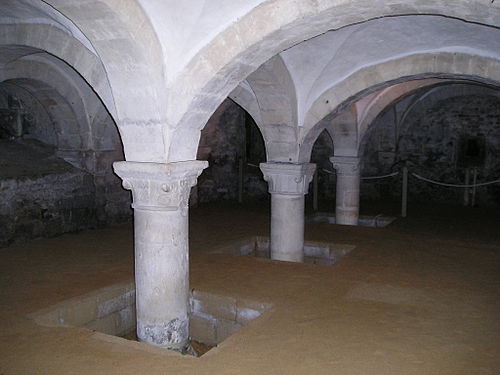Ealdred (archbishop of York)
 Ealdred (archbishop of York).
Ealdred (archbishop of York).Ealdred (died 1069) was Abbot of Tavistock, Bishop of Worcester, and Archbishop of York in Anglo-Saxon England. After becoming a monk at the monastery at Winchester, he became abbot around 1027 and a bishop in 1047. Besides his clerical duties, Ealdred served Edward the Confessor as a diplomat in Hungary and as a military leader in Wales. In 1058, he undertook a pilgrimage to Jerusalem, the first bishop from England to do so. In 1060, Ealdred was elected to the archbishopric of York. During his archiepiscopate, he built and embellished churches in his diocese, and worked to improve his clergy by promulgating regulations for the priesthood. Following King Edward's death in 1066, Ealdred supported Harold as king, but when Harold was defeated at the Battle of Hastings, Ealdred eventually endorsed William the Conqueror and crowned him on Christmas Day in 1066. William never quite trusted Ealdred, and Ealdred had to accompany William back to Normandy in 1067, but he had returned to York by the time of his death in 1069.





